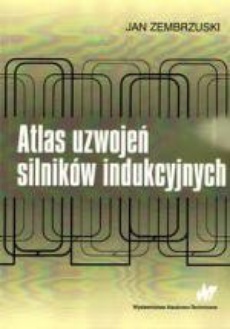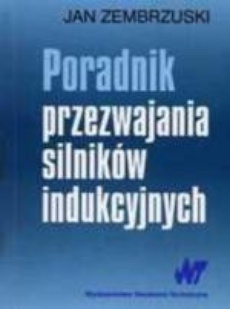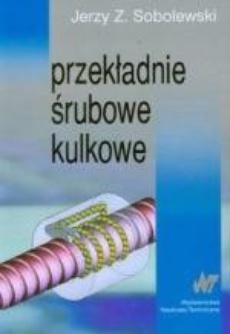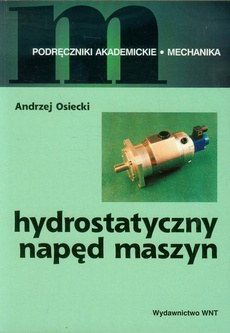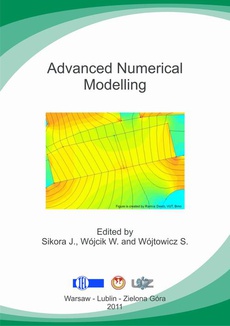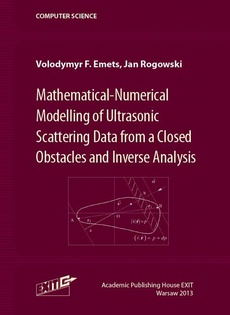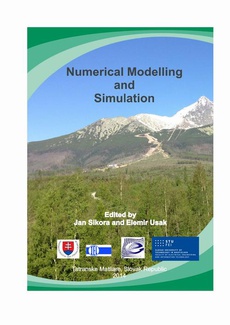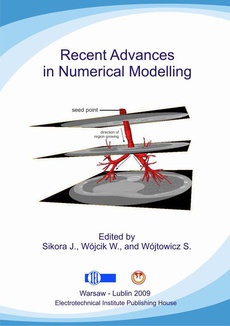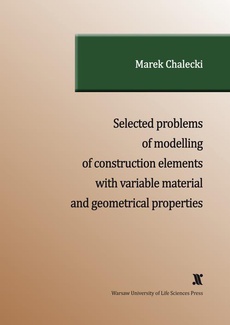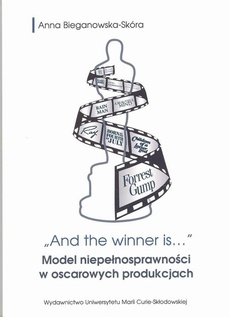POLECAMY
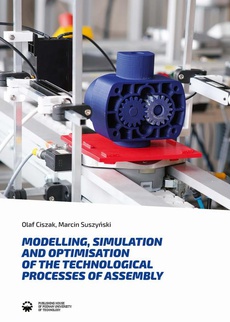
-20%
Modelling, simulation and optimisation of the technological processes of assembly
Autor:
Wydawca:
Format:
pdf, ibuk
Technological processes of manual and robotic assembly are becoming an increasingly important issue in todays competitive market. Therefore, effective methods and models for their implementation should be investigated. Solving problems related to the most cost-consuming and labor-intensive part of the production process, which is assembly, must be subject to constant development and optimiza-tion. On the other hand, in this part of the process one can find the greatest reserves enabling the improvement and increase of production efficiency. In this monograph, an attempt was made to com-pensate for selected and varied assembly processes, based on real practical examples concerning eg. algorithms for recording structures and optimization of assembly planning processes. The methods and systems presented in this study illustrate the main, selected trends that have recently become visible in the design and improvement of assembly processes. The algorithms and heuristics descri-bed in this monograph can be used, in most cases in manual and computer aided assembly planning.
| Rok wydania | 2021 |
|---|---|
| Liczba stron | 143 |
| Kategoria | Mechanika |
| Wydawca | Wydawnictwo Politechniki Poznańskiej |
| ISBN-13 | 978-83-7775-635-5 |
| Numer wydania | 1 |
| Język publikacji | angielski |
| Informacja o sprzedawcy | ePWN sp. z o.o. |
Ciekawe propozycje
Spis treści
| Definitions and symbols | 7 |
| 1. Introduction 10 | |
| 2. Technological process of assembly 13 | |
| 2.1. Role and importance of assembly in the technical preparation of production | 14 |
| 2.2. Designing the technological assembly process | 17 |
| 2.3. Integrated assembly model | 21 |
| 2.4. Automation and robotisation of the technological process of assembly | 22 |
| 2.5. Assembly sequence planning | 25 |
| 2.6. Conclusions | 35 |
| 3. Assembly sequence planning with a directed hypergraph, digraph, state matrix and graph | 38 |
| 3.1. Introduction | 38 |
| 3.2. Base Part Selection | 39 |
| 3.3. From hypergraph to directed graph | 42 |
| 3.4. Matrix representation of the design | 44 |
| 3.5. Assessment of transitions between assembly states | 46 |
| 3.6. Selection of the extreme path in a directed graph | 48 |
| 3.7. Example of an algorithm for ASP | 51 |
| 3.8. Determining the assembly sequence with the use of the Msassembly software | 54 |
| 3.9. An example of a flexible robotic assembly system | 59 |
| 3.10. Assumptions for a flexible robotic assembly system | 59 |
| 3.11. Assembly unit identification system | 62 |
| 3.12. Generation of assembly sequences feasible in terms of design constraints | 64 |
| 3.13. Assembly sequence assessment | 66 |
| 3.14. Conclusions | 67 |
| 4. Example of modelling and simulation of the technological process of assembly of a machining centre | 68 |
| 4.1. Introduction | 68 |
| 4.2. Measurements of labour input required for individual operations | 69 |
| 4.2.1. Timing stages | 69 |
| 4.3. Stages of conducting a working day activity study | 72 |
| 4.4. The technological process of assembly of the machining centre | 74 |
| 4.5. CAD simulation | 75 |
| 4.5.1. Introduction | 75 |
| 4.5.2. CAD System | 76 |
| 4.5.3. Modelling assemblies (products) | 76 |
| 4.5.4. Presentation and documentation of assembly | 79 |
| 4.6 Balancing the final assembly line of the machining centre | 81 |
| 4.7 Modelling and simulation of the technological process of assembly of a machining centre | 88 |
| 4.8 Development of work regulations, methods of communication and the algorithm of the functioning of the information and diagnostic system as part of the active control and supervision of operation of the assembly line | 93 |
| 4.8.1. Assumptions | 93 |
| 4.8.2. System structure | 95 |
| 4.8.3. System operation | 97 |
| 4.9 Simulation tests of the information and diagnostic system and the technological process of assembly of the machining centre; adopting the final structure | 109 |
| 4.9.1. Simulation tests of the information and diagnostic system and the technological process of assembly of the machining centre | 109 |
| 4.9.2. Conclusions | 117 |
| 5. Modelling and simulation of the technological assembly process, taking into account MTBF 119 | |
| 5.1. Mean Time Between Failures – MTBF | 119 |
| 5.2. The process of assembling the dashboard to the car body | 120 |
| 5.3. Modelling and simulation of the assembly cell for assembling the dashboard to the car body | 121 |
| 5.4. Conclusions | 124 |
| 6. Examination of the efficiency of the assembly cell for the assembly of the main spindle to the turning centre | 126 |
| 6.1. Assembly technology of the main headstock | 126 |
| 6.2. Examination of the labour input required for the assembly operations | 127 |
| 6.3. Operation sequence | 128 |
| 6.4. Modelling and simulation of the assembly cell | 128 |
| 6.5. Conclusions | 131 |
| 7. Summary and conclusions | 135 |
| References | 137 |





